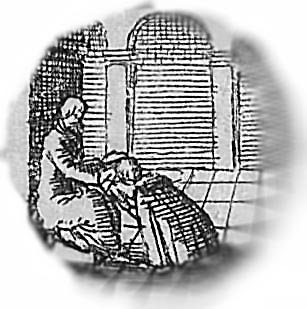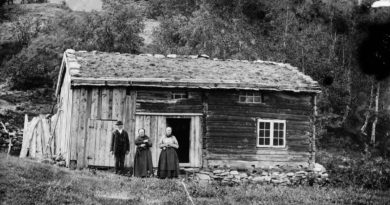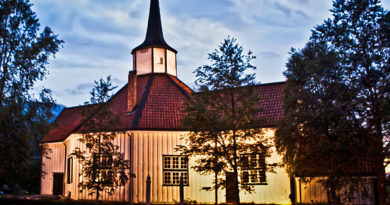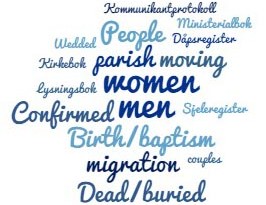Publice absolverede; juicy stuff from the records
When we read the old church books we sometimes come across the words “publice absolverede” it may be written with different kinds of abrevations; “pub. abs.” etc. It is also written in latin “Absolutio publica”
Public confession was a situation, where the person who had committed a moral offense had to confess in front of the congregation during the church service. The practice was introduced shortly after the reformation, and later several decrees emphasized the moral misdemeanors that would lead to public confession.
In Catholic times, and in the first period after the reformation one practiced private confession, in which the individual presented his sins to the priest, and then received absolution. After the reformation, this was replaced with a public confession. The first time we hear about this is in the “Ribe articles”* from 1542, which states that murder, incest and other obvious sins should be confessed publicly (Lokalhistoriewiki 2015). By a regulation from 1617 it was determined that those who committed fornication (leiermål) would be subjected to public confession, and this would became one of the most common reasons why people had to line up in front of the congregation.
Unmarried soldiers were towards the end of the 1600s exempt from public confession. It brought about the somewhat strange situation where the woman, often a young servant girl, had to confess her guilt while the man escaped. This practise often caused people who had the means to pay a soldier to take the blame.
Alongside fornication it is particularly the absence from communion that recur in the lists. There are also a not negligible number of women who have “laid their children to death (during sleep)” Beyond these major categories there occur a number of other things that led to public confession, such as drunkenness in church or other disturbances of the worship. For a period married couples who had their first child less than nine months after the wedding also had to publicly confess. Often fines where to be paid, usually for a worthy cause in the parish (Hovdhaugen 1984:49). I have also seen some cases where thiefs had to publicly confess. The public confession could also be combined with other punishment, such as having to stand in the pillory (Hovdhaugen 1984:49).
In 1767 regulations abolished the public confession for fornication, and in 1790 confession for communion neglect was also abolished. With this most of the confessions disappeared, and during the first decades of the 1800s the practice died completely (Bergan 1998:29).
In church records during the period in which public confession was practiced we find specified who confessed and what they had done. The terms used may be somewhat difficult for many. Here are some of the terms used. (also check out my Norwegian genealogy dictionary found at this website)
- leiermål, besovet, beligget, sammen lejet, horeri: fornication, adultery
- «afhold fra Sacramentet» or «ei været til Herrens bord»: absence from communion
- «løsagtighed»: immoral behavior of sexual nature
- “kommen for tidlig med sin hustru” or “for tidlig sammenleje”: when a child was born less than nine months after the wedding.
- “deres barn hos dem i sengen omkommet var”: their child had died while it was sleeping in their bed
*The Ribe-articles is a document with Church laws and regulations that was issued in 1542 after a church convention in the town Ribe, Denmark
Sources:
Halvor Bergan : “Skyldig og frikjent” Kristiansand : [H. Bergan], 1998
Einar Hovdhaugen : Slektsgranskning, Oslo Landbruksforlaget 1984
Nils Johan Stoa, Lars Jørgen Sandberg. “Våre røtter” Oslo Cappelen Damm 2015
Lokalhistoriewiki “Offentlig skrifte” accessed March 15. 2015
https://lokalhistoriewiki.no/index.php/Offentlig_skrifte License CC-BY-SA 3.0





